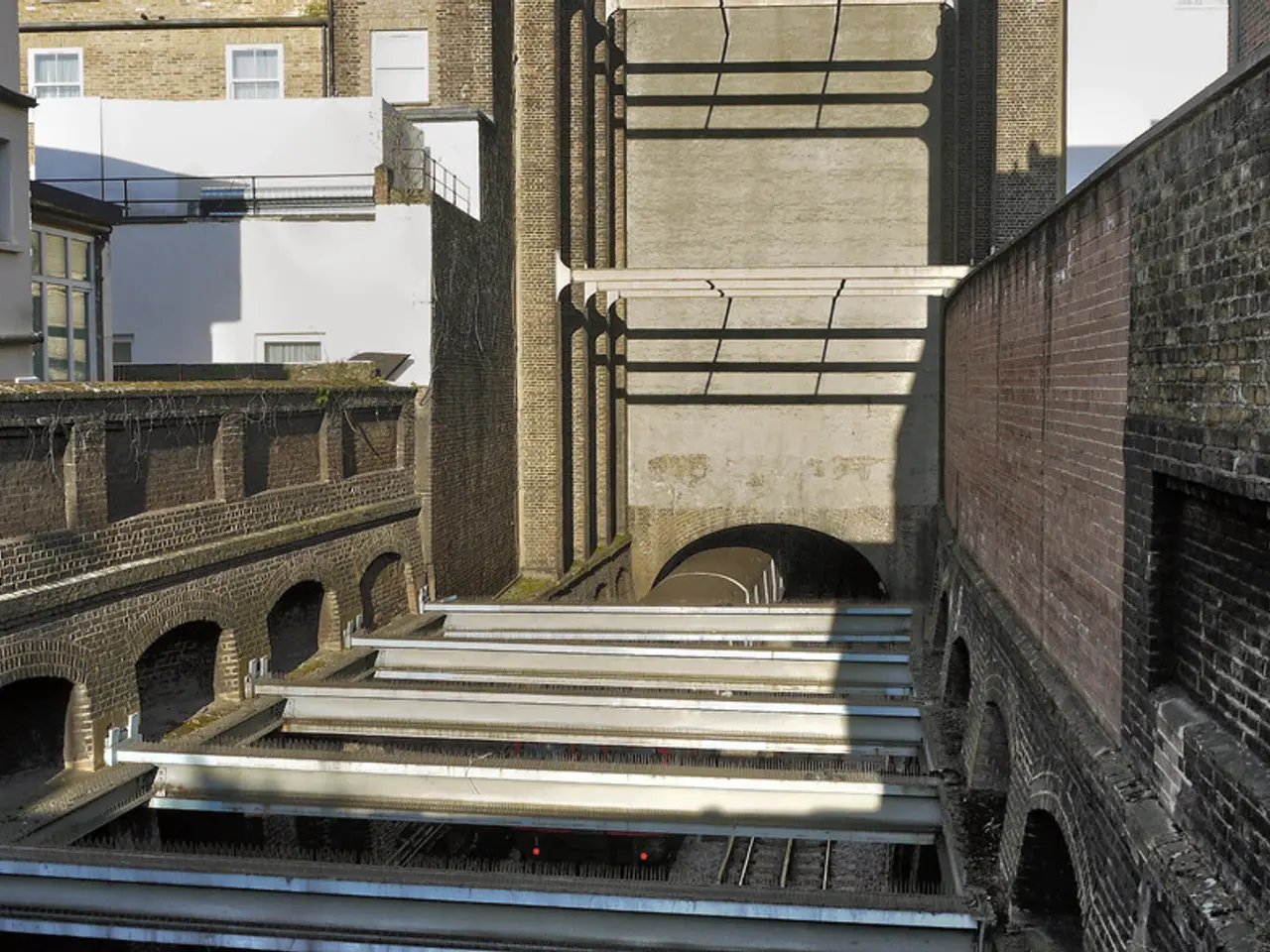Fehmarn Belt Tunnel Construction Begins Despite Delays and Objections
The construction of the 18-kilometer-long railway and motorway tunnel under the Fehmarn Belt has begun. Led by Deutsche Bahn in cooperation with Danish partners, the project aims to improve connectivity between Germany and Denmark. The tunnel is expected to open at the end of 2029, but there are delays and objections to the plans.
Jutta Heine-Seeler, head of the Fehmarnbelt project management for Deutsche Bahn, anticipates plan approval by August or September 2026. However, the Danish project company has announced a delay in the tunnel's opening, originally set for 2029. Lawsuits from the federal transport plan are not expected to halt the project, according to Heine-Seeler.
The existing bridge over the Belt, built in the 1960s, will continue to serve local traffic after the tunnel's completion. The Sund bridge will remain for pedestrians, cyclists, and slow vehicles. The costs for the tunnel have been estimated at 2.306 billion euros.
The project has faced significant opposition. There are 57 objections and statements against the tunnel plans, with more than 12,000 objections raised on the German side alone.
The Fehmarnbelt Fixed Link tunnel construction is progressing, with plan approval expected later this year. Despite delays and objections, the project continues, aiming to enhance cross-border connectivity. The existing bridge and Sund bridge will remain in use for local and slower traffic.
Read also:
- American teenagers taking up farming roles previously filled by immigrants, a concept revisited from 1965's labor market shift.
- Weekly affairs in the German Federal Parliament (Bundestag)
- Landslide claims seven lives, injures six individuals while they work to restore a water channel in the northern region of Pakistan
- Escalating conflict in Sudan has prompted the United Nations to announce a critical gender crisis, highlighting the disproportionate impact of the ongoing violence on women and girls.





